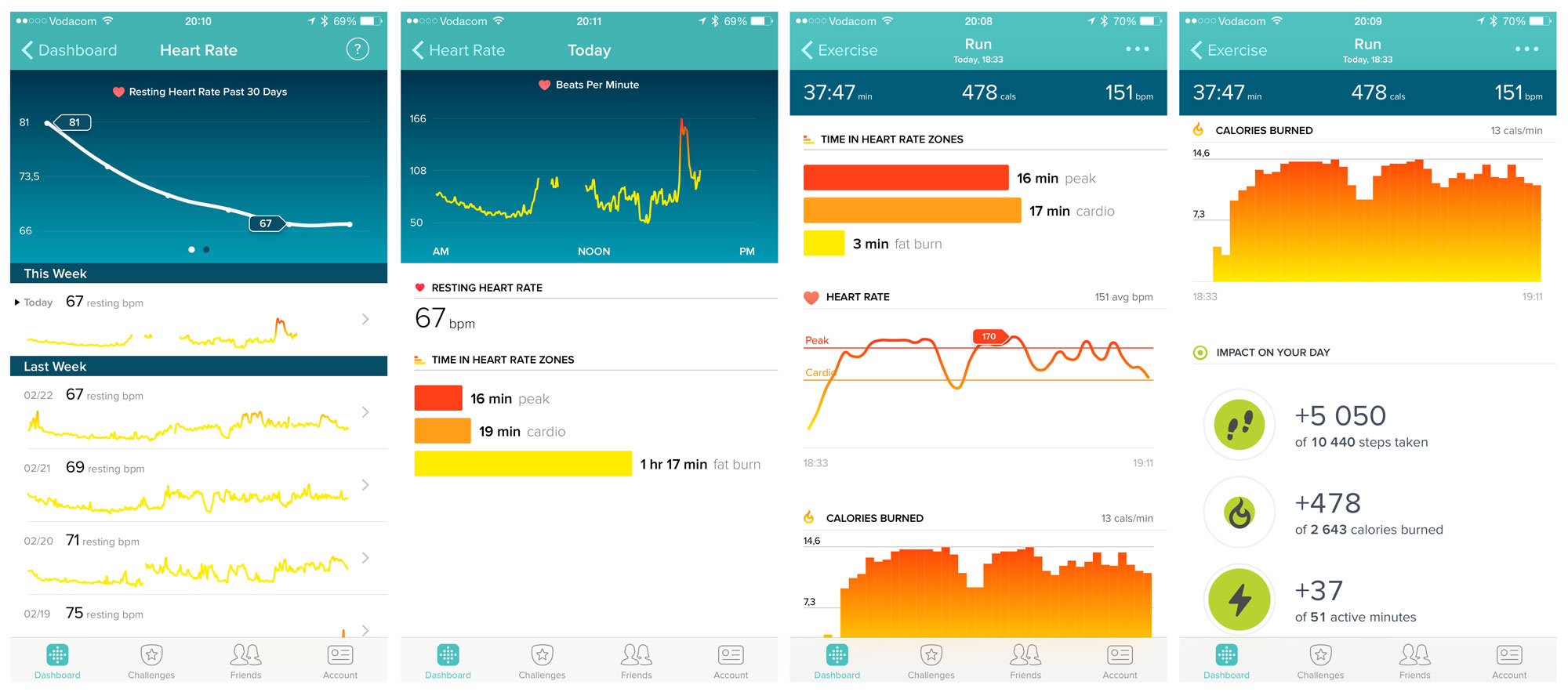The Benefits & Dangers of Fitness Data Analytics
28 February 2019
By Sophie Barber
Fitness watches and healthcare apps are becoming increasingly popular as people aim to make positive lifestyle choices. The ability to monitor your daily activity, whether that’s your step count, heart rate or sleeping patterns, is highly appealing. Access to personal fitness data lets people analyse their lifestyle and make steps towards personal development.
However, there is far more to these devices and apps than personal use. Every day, they are collecting an immense volume of health data on people across the world. The information that is being collected from these devices is the single biggest source of continuous daily individual data that has ever been created, and it will only grow with increased popularity.
Fitness data analytics is much more than just a fun way to track your step count, sleeping patterns and personal development. It is also a key example of big data in action.
Big Data in Healthcare
Many people believe that the large-scale collection of healthcare data will help medical authorities better understand the impact of lifestyle on diseases and health problems. For example, there are important real-world applications of big data in healthcare, including predictive analytics, electronic health records and real-time monitoring of patient health.
Fitness watches and apps like Fitbit, Apple Watch and Google Fit may well become an essential part of predictive healthcare analytics. The large volume of data collected through these devices could be used by organisations such as the World Health Organisation (WHO) to better understand health and fitness trends.
Rather than relying on surveys and health records, healthcare experts would have access to daily individual data regarding heart rates, how people sleep, and the amount and intensity of any exercise undertaken. In turn, this may help to provide deeper insights into the causes of certain illness and diseases, as well as any preventative measures that could be taken.

Source: Stuff
Data Privacy
However, with the increased volume of personal health and fitness data that comes with these smart watches and apps, there are also significant privacy concerns. For example, Google’s acquisition of an NHS health app, Streams, caused a backlash last year. The app developers argued that collaborating with Google provided the means for expansion and success, but people were concerned that Google’s access to patients’ medical data would be a significant breach of trust.
Indeed, people may not be aware of the extent of existing data collection. When people are using health and fitness apps like Google Fit, they are constantly giving information to the digital giants, perhaps without realising. Google Fit allows apps and wearable devices to cross-reference health and fitness data analytics. Therefore, Google has the opportunity to create comprehensive user profiles and understand the everyday behaviour of consumers. We don’t know exactly what they will use this data for but, as a colossal advertising platform, there’s a good chance that Google will share that data for marketing purposes.
The Insurance Dilemma
One of the concerns around the collection of fitness data by tech giants like Google and Apple is who they then share it with. Facebook came under fire in 2016 for allowing insurance company Admiral to analyse user profiles through a screening system to determine driver “personality types”. The move was eventually disallowed, but the potential was always there.
Then, in October 2018, a US life insurance firm named John Hancock revealed that it would offer an option in all its policies where the company could track your fitness through a tracker such as a Fitbit or Apple Watch. The customer incentive for this is that leading a healthy and active lifestyle could help you lower your insurance premium. That doesn’t seem too dangerous, right?
But, what if this categorisation of “healthy individuals” vs. “unhealthy individuals” starts to work on a negative basis, as well as a positive one? Those who aren’t as active as others, or those who refuse to give access to their personal data in this way due to valid privacy concerns, could face higher insurance premiums or even difficulty getting health insurance.
What’s more, there is no guarantee that the data collected from these watches and apps is completely accurate. It may be accurate for 99% of the time, but we need to account for any glitches or errors. If insurance companies start to rely on it when creating insurance premiums, mistakes could lead to financial distress for a number of people.
As with any new digital trend, a whole world of opportunity opens up with the health and fitness data analytics made possible by the increased popularity of smart watches and apps. However, this is coupled with dangers surrounding personal privacy and commercial data use. While monitoring the data sets provided by health apps and fitness watches could be really beneficial in the healthcare industry, there are valid concerns over its use in advertising and particularly by commercial businesses like insurance companies.
SB.